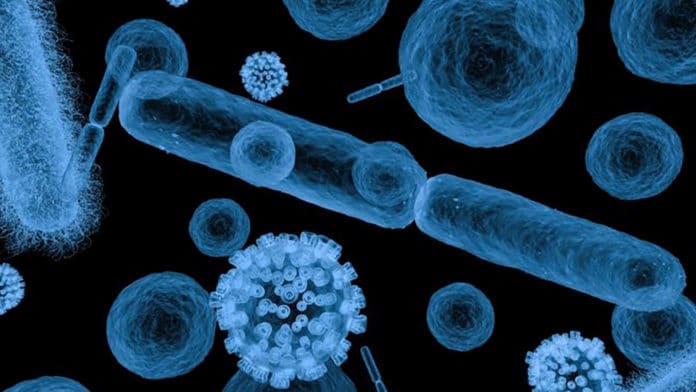Using tin mono-sulfide (SnS) nanosheets, Exciton Science scientists have created the world’s thinnest X-ray detector for real-time imaging of cellular biology. The detector is less than 10 nanometres thick. Previously developed thinnest X-ray detectors were between 20 and 50 nanometres.
During the experiment, it was found that the nanosheets used in the detector possess high photon absorption coefficients, thereby offering high sensitivity and a rapid response time.
Professor Jacek Jasieniak, the paper’s senior author, said, “The SnS nanosheets respond very quickly, within milliseconds.”
“You can scan something and get an image almost instantaneously. The sensing time dictates the time resolution. In principle, given the high sensitivity and high time resolution, you could be able to see things in real-time.”
“You might be able to use this to see cells as they interact. You’re not just producing a static image; you could see proteins and cells evolving and moving using X-rays.”
Why are such sensitive X-ray detectors essential?
There are two types of X-rays: Hard X-rays and soft X-rays. Hard X-rays are usually used in hospitals to scan the body for broken bones and other illnesses, whereas there is less information about soft X-rays.
Soft X-rays have lower photon energy and can be used to study wet proteins and living cells, a crucial component of cellular biology.
Soft X-ray detection can be conducted using a Synchrotron, a particle accelerator like the Large Hadron Collider in Switzerland. Still, access to this hugely expensive infrastructure is difficult to secure.
Recent advances in non-synchrotron soft X-ray laser sources may allow lower cost, portable detection systems to be designed, providing an accessible alternative to Synchrotrons for researchers worldwide.
However, this approach requires soft X-ray detector materials that are highly sensitive to low-energy X-rays. Highly sensitive materials will provide excellent spatial resolution and are cost-effective.
Some soft X-ray detectors use an indirect mechanism. This mechanism converts ionizing radiation into visible photons. This approach allows for multiple energy ranges and frame rates to be studied but is challenging to prepare and offers limited resolutions.
High atomic mass and low energy X-rays favor high absorption, and soft X-rays are more strongly absorbed in thin materials than hard X-rays. That’s where the SnS nanosheets come in.
Dr. Nasir Mahmood of RMIT University said: “the sensitivity and efficiency of SnS nanosheets depend greatly on their thickness and lateral dimensions, which are not possible to control through traditional fabrication methods.”
Scientists used the liquid metal-based exfoliation method to produce high-quality, large-area sheets with controlled thickness, efficiently detecting soft X-ray photons in the water region.
Scientists hope their findings will open new avenues for developing next-generation, sensitive X-ray detectors based on ultrathin materials.
First author Dr. Babar Shabbir said: “In the long run, to commercialize this, we need to test a many-pixel device. At this stage, we don’t have an imaging system. But this provides us with a knowledge platform and a prototype.”
Journal Reference:
- Babar Shabbir et al. Soft X-ray Detectors Based on SnS Nanosheets for the Water Window Region. DOI: 10.1002/adfm.202105038
